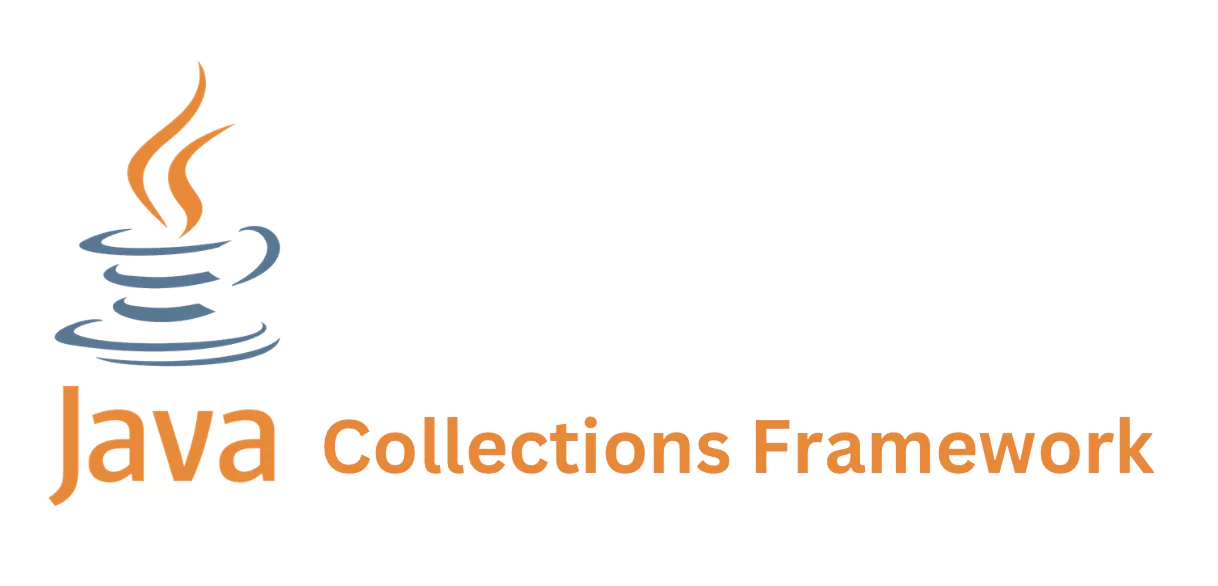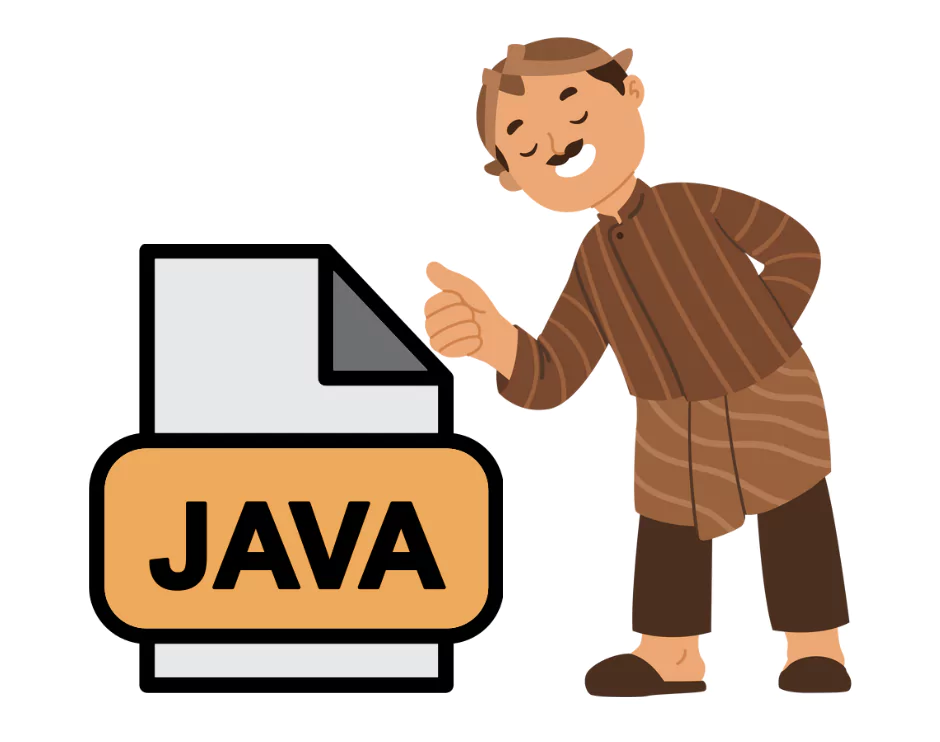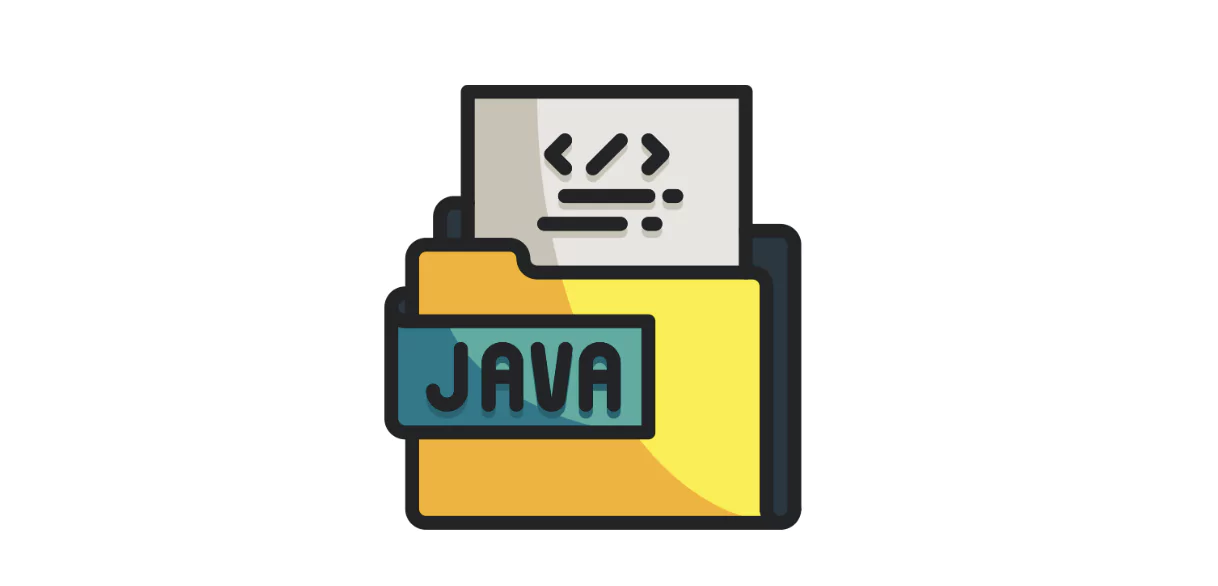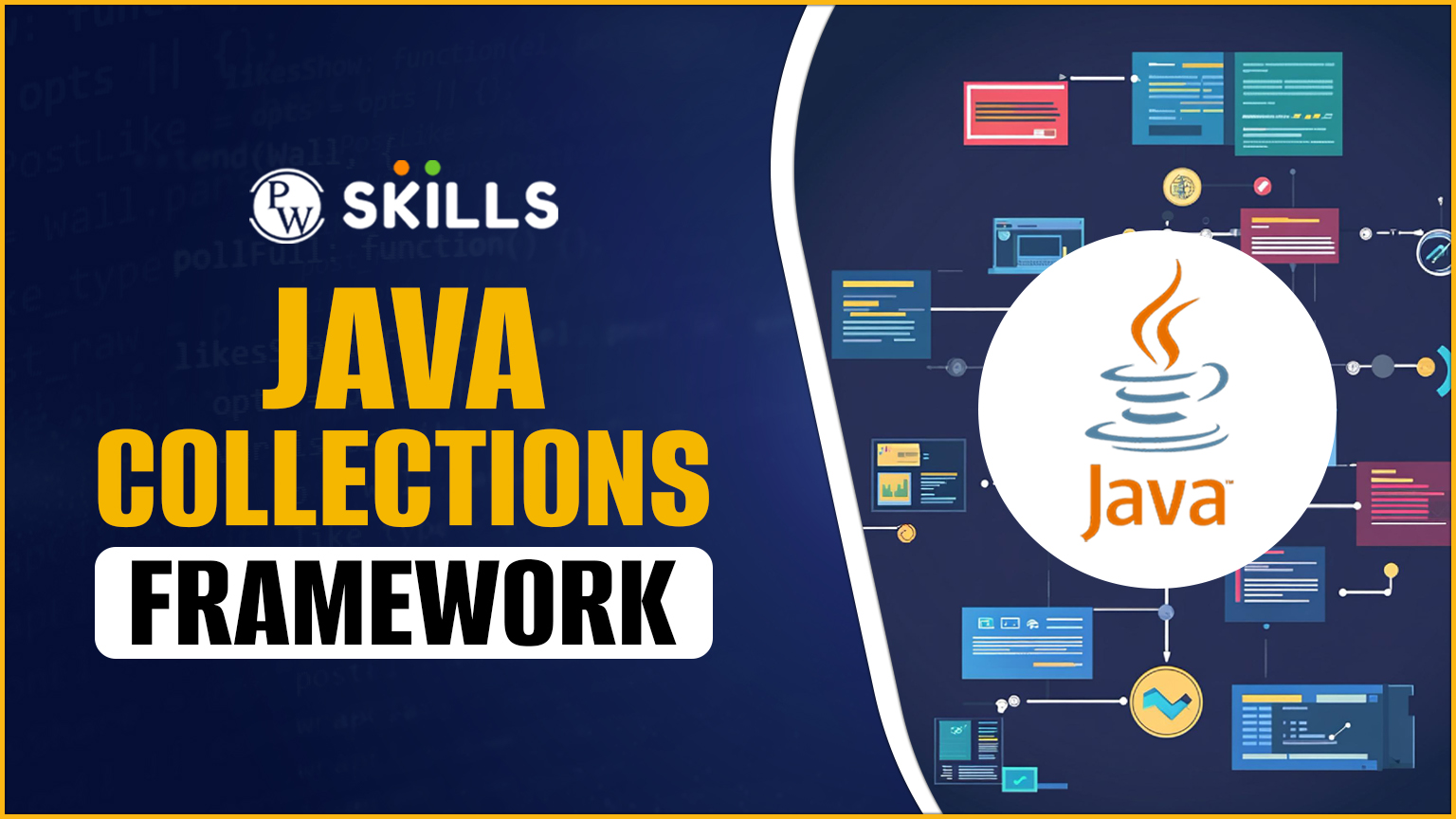Suppose you are building a Java application having millions of entries and you need to store, retrieve and manipulate these data efficiently. Would you use arrays or other data structures in the Java programming language? Well here comes the role of the Java collections framework which provides optimised, powerful and reusable data structures which can be used to handle maps, queues, lists and other components in a program.
Whether you are a beginner or an experienced Java developer it is important to be aware of the Java collections framework. In this blog, we will learn about benefits and components of the Java Collections framework.
What is Java Collections Framework?
Java Collections Framework also known as JCF is a complete package which provides ready to use data structures and algorithms which can easily be manipulated, customised, and retrieved efficiently. It is available in “java.util” package.

This library is a storage model which handles collections of unique and group of objects which is required during complex data manipulation and storage. It is a dynamic collection of elements with dynamic size which can handle duplicates, inbuilt methods for thread safety, and highly optimised performance. It overcomes the limitation in arrays and provide a more efficient and flexible way of storing and processing the data.
Components of Java Collection
Let us now check some of the major components of Java collection framework.
1. Collection Interface
The Collection interface is the parent interface of List, set, and queue and it provides methods like add (), remove (), size(), contains(), and more.
2. List Interface
A List is an ordered elements collection which allows duplicates and provide indexed access to the elements inside using get(index). There are many methods in the list interface.
- ArrayList<E>
- LinkedList<E>
- Vector<E>
- Stack<E>
3. Set Interfaces
This Java collection framework do not allow duplicates and are unordered set of elements. Some of the common implementations of set interfaces are.
- HashSet<E>
- LinkedHashSet<E>
- TreeSet<E>
4. Queue Interface
It follows the FIFO (First In First Out) approach or order method. Let us look at some common implementations below. It supports both ends and is faster than stack, mainly Array Deque. While priority queues are ordered based on priority.
- PriorityQueue<E>
- ArrayDeque<E>
Read More: Top Java Programming Examples for Beginners In 2025
5. Map Interface
The map interface is a collection of Key value pair storage which is included in Java Collections framework. It consists of common implementations given below.
- HashMap<K, V>
- LinkedHashMap<K, v>
- TreeMap<K, V>
Why Java Collections Framework?

Java Collections Framework was designed to implement fundamental data structures, such as linked lists, dynamic arrays, trees, and hash tables which were very efficient. This framework can be extended and adapted to a collection easily giving more control over the collection of data.
- The Java Collections Framework overcomes the limitation of arrays to store and manage data.
- Once you create a collection you can dynamically change the size with built in methods.
- While arrays do not provide flexibility and support for advanced data structures like linked list, hash tables, queues, etc java collections framework eliminates it all and is supported on all data structures.
- We have more standardised and reusable data structures with JCF.
- The performance and efficiency of common data structures are greatly improved and optimised.
- It also help us enable safety protocols with generics to ensure compile time safety.
Hence, with all these benefits Java Collections Framework is one of the best framework for all your varying needs for data storage and manipulation without any limitations.
Key Benefits of Java Collections Framework

Some of the major benefits of using a Java Collections Framework are mentioned below.
- With Java Collections Framework handling data and fast operations using sorting, search and retrieving data are available.
- It supports dynamic memory allocation and resizing of the available space.
- It ensures the safe multi threads are operational and working with high efficiency.
- It supports multiple data structures such as ArrayList, LinkedList, HashSet, TreeSet, HashMap, TreeMap, Queue, Stack, and many more.
- It also supports dynamic memory allocations providing more flexibility and controls.
- With the Java Collections framework we have a more standardised and reusable set of data structures.
Java Collections Classes

Some popular examples of Java Collection Classes in different interfaces are listed below.
| Class | Description |
| AbstractCollection | Implements most of the Collection interface. |
| AbstractList | Extends AbstractCollection and implements most of the List interface. |
| AbstractSequentialList | Extends AbstractList for sequential access collections. |
| LinkedList | Implements a doubly linked list (extends AbstractSequentialList). |
| ArrayList | Implements a dynamic array (extends AbstractList). |
| AbstractSet | Extends AbstractCollection, implementing most of the Set interface. |
| HashSet | Extends AbstractSet using a hash table for storage. |
| LinkedHashSet | Extends HashSet, maintains insertion-order iteration. |
| TreeSet | Implements a sorted tree-based set (extends AbstractSet). |
| AbstractMap | Implements most of the Map interface. |
| HashMap | Extends AbstractMap, using a hash table for key-value storage. |
| TreeMap | Extends AbstractMap, implementing a sorted key-value map. |
| WeakHashMap | Uses a hash table with weak keys (extends AbstractMap). |
| LinkedHashMap | Extends HashMap, maintaining insertion-order iteration. |
| IdentityHashMap | Uses reference equality for key comparison (extends AbstractMap). |
Learn Java Programming with PW Skills
Become familiar with the Java programming language and data structures with PW Skills Decode DSA With Java Course. This complete self paced course provides you with in-depth knowledge and practice exercises to help you build your strength in Java programming.
You will be able to prepare for the competitive programming and build a strong portfolio over the subject. Get complete guidance and doubt support on our platform. Become a certified Java developer only at pwskills.com
Java Collections Framework FAQs
Q1. What is a Java Collection Framework?
Ans: Java Collections Framework also known as JCF is a complete package which provides ready to use data structures and algorithms which can easily be manipulated, customised, and retrieved efficiently. It is available in “java.util” package.
Q2. Why is the Java Collections Framework better than Arrays?
Ans: Java Collections Framework eliminates the limitation of arrays and provides full control, dynamic size allocations, and modification.
Q3. What are important components of JCF?
Ans: Some of the important components of JCF are collection interface, list interface, queue interface, set interface, map interface and more.
Q4. What is the biggest advantage of using Java Collections Framework?
Ans: With Java Collections Framework you can easily handle data and fast operations using sorting, search and retrieving data are possible easily.

